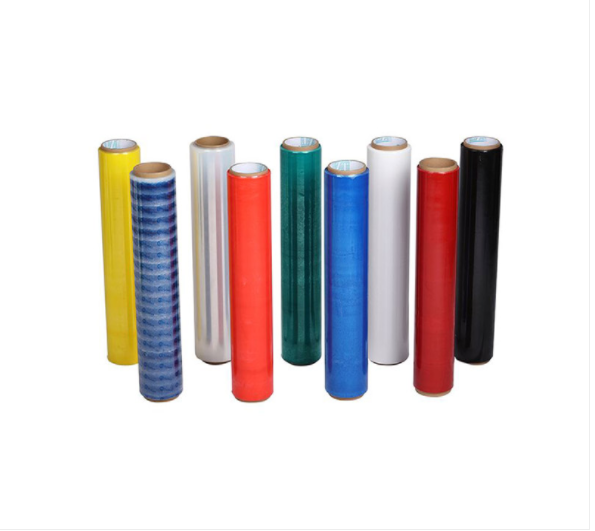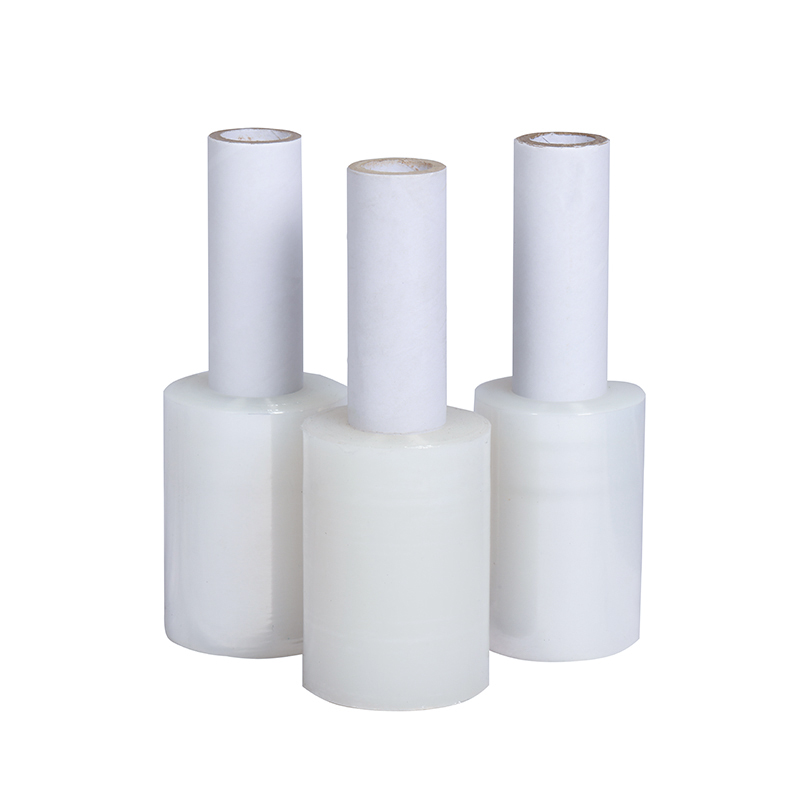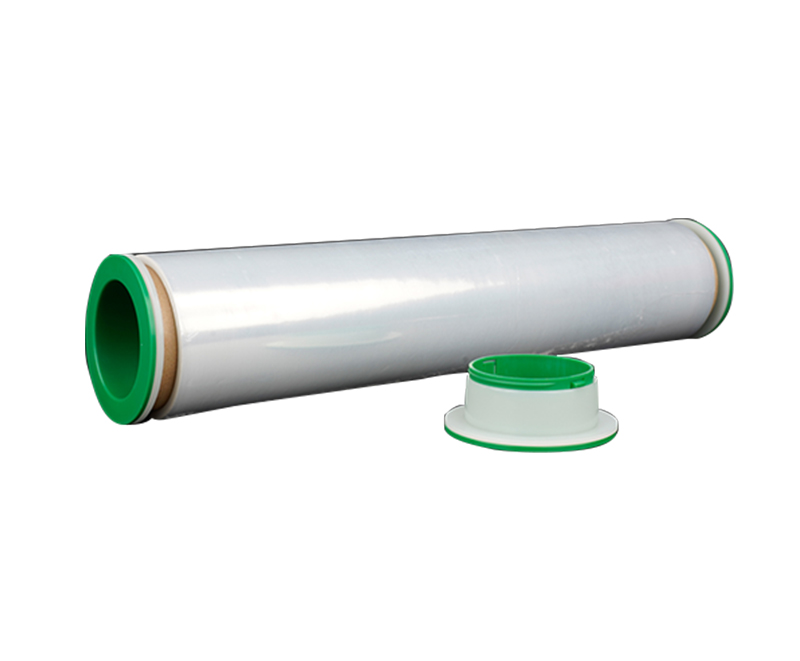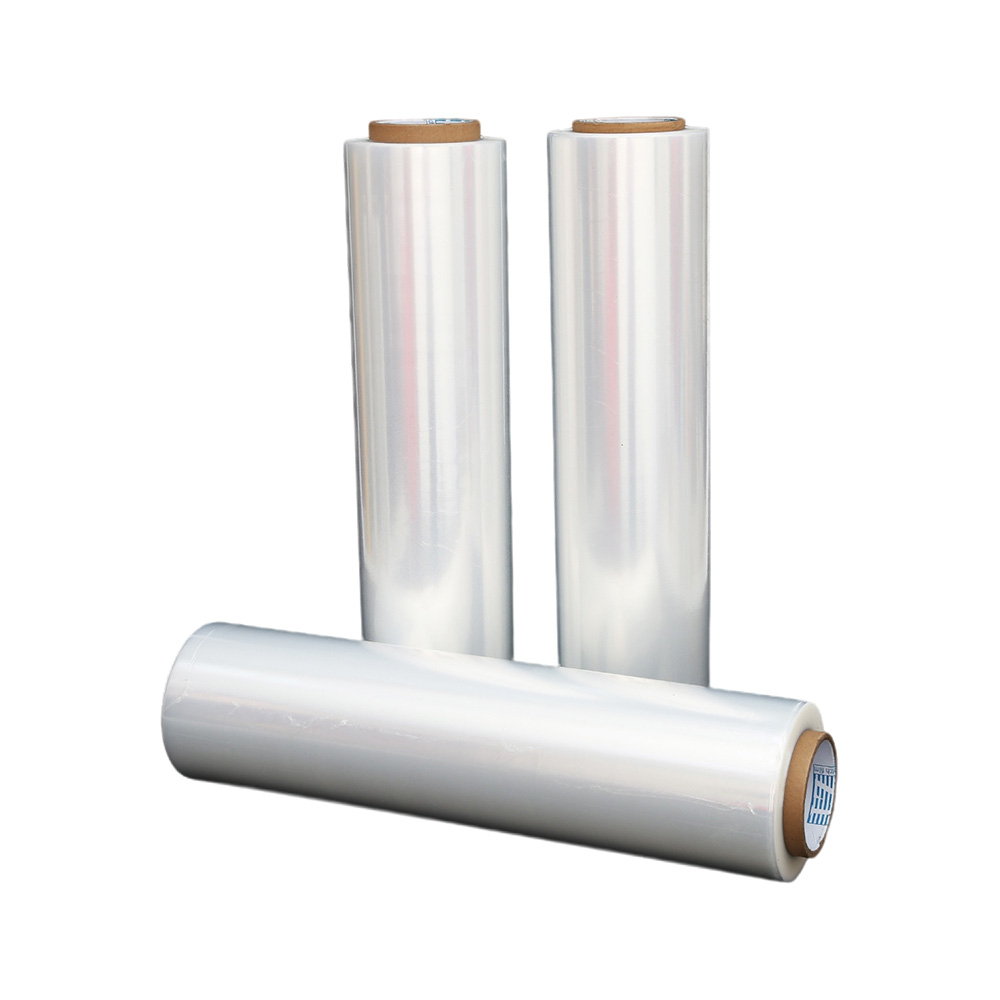Causes of Static Electricity in PE Stretch Film
Source:Causes of Static Electricity in PE Stretch FilmTime:2024-11-11Visitors:
Static electricity often occurs during the use of PE stretch film, and while it is sometimes not severe, it can cause significant issues depending on the situation. To effectively address this problem, it's essential to first understand the underlying causes of static electricity in PE stretch film. Below are the main sources of static buildup:

1. Static Electricity During Production
During the production of PE stretch film, static electricity is generated due to friction between the melt and the die, as well as between the film-forming roller and the guide rollers. To mitigate this, antistatic agents are often added to the film during production. These agents are surfactants that contain both polar hydrophilic groups and non-polar lipophilic groups in their molecular structure. The hydrophilic group can absorb moisture from the air, forming a thin conductive layer on the film's surface. This layer helps dissipate charges and reduce static buildup.
2. Static Electricity During Printing, Laminating, Slitting, and Bag Making
Static electricity can also be generated during secondary processes like printing, laminating, slitting, and bag making. The friction between the stretch film and guide rollers, combined with the high-speed movement of the film through dry air, can lead to significant static charge buildup. This type of static electricity can interfere with production, especially if not effectively eliminated.
To tackle this issue, superconducting electrostatic brushes are commonly used. These brushes create a contact with the film that allows for low-resistance discharge of static electricity. Additionally, ion generators are often employed to blow ions onto the film, neutralizing the static charge. While ion generators are effective, they may also introduce some ions from the air into the winding process.
3. Static Electricity in Finished Film During Automatic Packaging
Finally, static electricity can also be present in the finished PE stretch film during the automatic packaging process. The friction between the film and the guide rollers, combined with residual static from earlier stages, may lead to charge buildup on the final product. Using methods like superconducting electrostatic brushes can help eliminate static electricity in this phase as well.
Conclusion
Static electricity in PE stretch film can cause a variety of issues, including production delays and quality control problems. By understanding the causes of static buildup—during production, secondary processing, and packaging—manufacturers can take steps to minimize its impact. The use of antistatic agents, superconducting electrostatic brushes, and ion generators are proven solutions to effectively manage and eliminate static electricity.
Recommended Products
Ranked in the same article
- how to use the stretch film technology to r
- How can we get detailed price list?
- Five common quality problems of PE protecti
- Plastic film degradation
- How to guarantee punctual shipment for our
- Gauge to Micron and Millimetre Conversion G
- What is the difference between stretch film
- Testing the permeability of stretch film
- Stretch film temperature requirements
- Electrical wire film VS electrostatic film
- Why insufficient transparency of stretch w
Latest news articles
- How to check the quality of PE stretch film
- Factors affecting viscosity of PE stretch f
- The Ultimate Guide to Choosing the Right Ma
- The significance of using PE electric wire
- Stretch Film Wrap: Unraveling Its Benefits
- How can PE stretch film be cut better?
- Advantages of white engineering film
- What Properties Ensure Effective Cold Chain
- What is the Difference Between Magic Tape a
- The 133rd Spring Canton Fair
- Bundling Stretch Film: Optimize Your Packag



